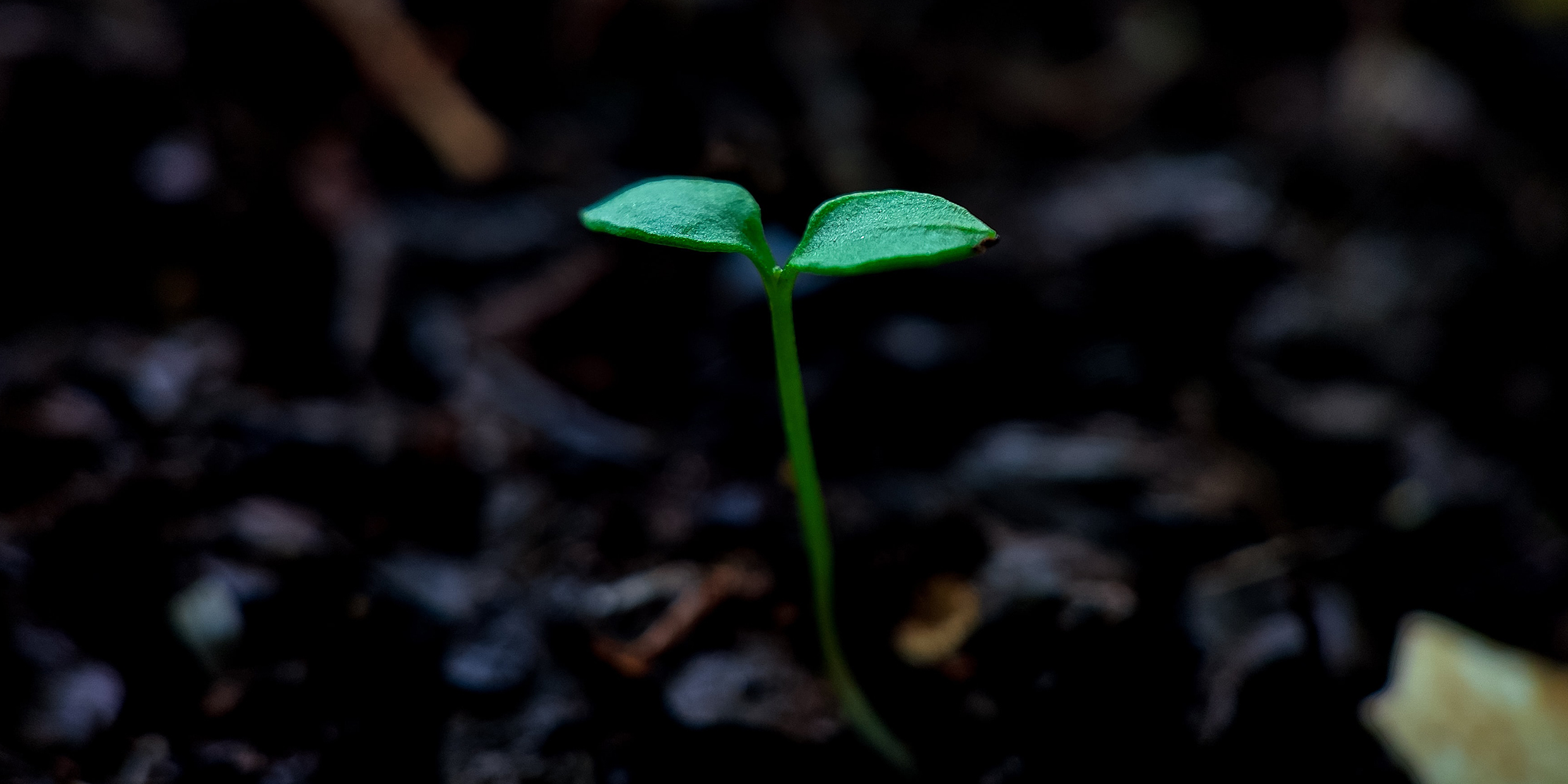Originally published 25 April 2000
It’s planting time. Rototilling. Hoeing. Sticking in the seeds. Onions. Radishes. Lettuce. Beans. No real need to do it. We can buy our veggies at the store for a lot less money than we send to Smith & Hawken for all those upscale garden tools.
But money’s not the point, is it? What’s really going on here is a love affair with seeds, with the soil, with the sweet tactile pleasures of snapping a sugar pea or holding a hefty homegrown tomato in the hand.
The vegetable garden is our annual homage to the leafy green things we cannot do without.
Let me explain.
My 165-pound body consists of about 16 pounds of hydrogen, 110 pounds of oxygen, 30 pounds of carbon, 6 pounds of nitrogen, and 3 pounds of everything else. Basic stuff, mostly. The stuff of water and air. You’d think we could get almost everything we need by taking a deep breath and a sip of water.
But it’s not that simple. Consider, for a moment, those 6 pounds of nitrogen in my body.
Nitrogen is an essential ingredient of proteins. About 30 pounds of me is proteins — tissue, bone, cartilage, hair, enzymes, protein hormones, and a diverse host of other key parts and products. Our cells build proteins by stringing together 20 different kinds of smaller chemical units called amino acids, and every amino acid contains a nitrogen atom.
We need nitrogen to make proteins. So what’s the problem? The atmosphere is 80 percent nitrogen. We suck in a lungful of nitrogen with every breath.
But the nitrogen in the atmosphere (and in our lungs) is useless. The two nitrogen atoms in a nitrogen gas molecule are bound together so tightly that they are essentially inert; they hardly react with anything else. We live in a sea of nitrogen, and it does us not a bit of good. At least not directly.
To build amino acids, we need to get nitrogen as part of organic molecules from the food we eat — from other animals and plants. Even then, there are 10 amino acids that we can’t manufacture ourselves — the so-called essential amino acids — and for these we must rely on plants, which alone have the ability to make all 20 kinds of amino acids. Without plants — without those essential amino acids — we’re up a creek without a paddle.
And where do the plants get their nitrogen? Some is recycled from dead plants and animals. Microbes in the soil break down dead tissue into nitrate and ammonia, which can then be used by plants. But the microbes also release some nitrogen gas to the atmosphere, where it is lost. Sooner or later, the whole process would come to a screeching halt as all the nitrogen in the soil ended up as inert atmospheric gas.
And now the wonderful thing.
Bacteria that live in conjunction with certain plants have the ability to do what we can’t do and what plants can’t do: Take nitrogen gas from the atmosphere, break those devilish bonds, and turn the nitrogen into a useful form that plants can use. This process is called “nitrogen fixation.”
It’s a happy alliance. The bacteria have an energy source in the photosynthesizing plants. The plants get useful nitrogen.
So, ultimately, the whole grand pageant of life on Earth depends on nitrogen-fixing bacteria that live in or around the roots of plants. My 6 pounds of nitrogen was sequestered from the air by invisible bugs.
Well, maybe not all of it. In 1909, a German chemist named Fritz Haber invented a way to use high temperatures and pressures in the presence of a catalyst to make atmospheric nitrogen react with hydrogen to form ammonia — artificial fertilizer for agriculture.
Of course, artificial fertilizer has problems of its own — run-off of excess nitrates from fields poisons lakes and streams — but it all comes down to the melancholy fact that we have made so many of ourselves that the human need for food far outstrips the ability of bacteria to supply us with nitrogen. Almost all the fixed nitrogen in the fields of Egypt, Indonesia, and China comes from synthetic fertilizer — 100 million tons of it a year. If it weren’t for the Haber process, lots of folks would be starving.
Or to put it another way, if it weren’t for the Haber process, there wouldn’t be so many of us.
In our backyard gardens, these global problems of feeding the billions can be blissfully ignored. Instead, we plunge our hands into the warming soil and celebrate a delightful intimacy with the ancient miracle of sun, seed, leaf, root — and those unseen but indispensable nitrogen-fixing bacteria that make it all possible.



